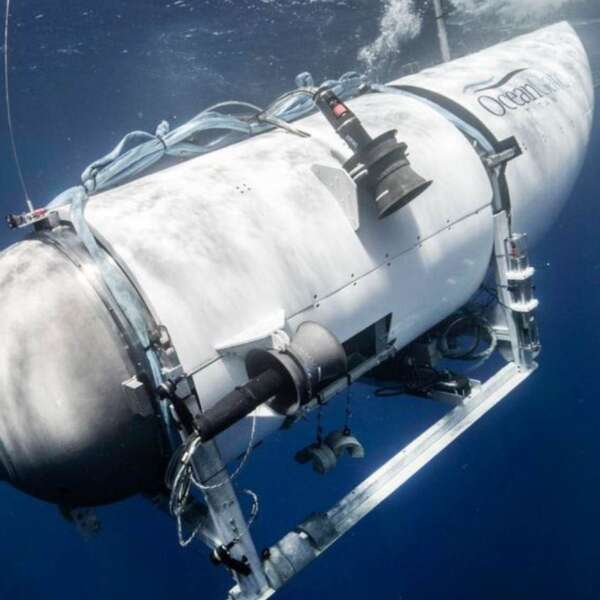Researchers Developing Color-Changing Test Strip that Detects Coronavirus
A wearable and color-changing test strip that can be attached to a mask designed to detect SARS-CoV-2, the virus that causes coronavirus, in a person’s breath or saliva is being developed by researchers from the University of California San Diego. The new tool is part of the NIH’s Rapid Acceleration of Diagnostics Radical (RADx-rad) program for coronavirus.
.@UCSDJacobs researchers are developing a color-changing test strip that can be stuck on a mask and used to detect SARS-CoV-2 in a user’s breath or saliva. https://t.co/vyMNKFwWHZ
— UC San Diego (@UCSanDiego) January 21, 2021
Furthermore, on April 29, 2020, the RADx initiative was launched and it aims to speed innovation in the development, commercialization, and implementation of technologies for coronavirus testing.
These are the four programs of RADx:
- RADx Tech
- RADx Advanced Technology Platforms
- RADx Underserved Populations
- RADx Radical.
According to the UCSD News, $1.3 million was received for the project from the National Institutes of Health.
Also as stated by UCSD, it is “aimed at providing simple, affordable and reliable surveillance for COVID-19 infections that can be done daily and easily implemented in resource-poor settings.
Here’s a statement of the lead principal investigator of the project Jesse Jokerst and he’s also a Professor of nanoengineering at the UC San Diego Jacobs School of Engineering:
“In many ways, masks are the perfect ‘wearable’ sensor for our current world,”
“We’re taking what many people are already wearing and repurposing them, so we can quickly and easily identify new infections and protect vulnerable communities.”
A new tool for monitoring #COVID19 may one day be right under your nose: color-changing test strips that can be stuck on masks and used to detect SARS-CoV-2 in a person’s breath or saliva. New project led by @UCSanDiego nanoengineer Jesse Jokerst: https://t.co/WMzlCCpHe6 pic.twitter.com/0pa9BpfQao
— UCSD Engineering (@UCSDJacobs) January 21, 2021
More About the Project
Here are more details in the said project stated in the UCSD News:
- Researchers will create test strips, can be easily mass-produced via roll-to-roll processing, or stickers, that can be put on any mask.
- The mask can be N95, surgical, or cloth.
- The project is designed to detect the presence of proteases or protein-cleaving molecules that are produced from infection with the SARS-CoV-2 virus.
- The user will breathe through the mask and particles which include SARS-CoV-2 proteases will be accumulated in the test strip.
- The user will conduct the test during a mask change or at the end of the day and the strip is equipped with a blister pack and the strip will change color when SARS-CoV-2 proteases are detected, control line on the test strip will show a positive result should look like.
Jokerst added that they want the said tool to be affordable enough for daily testing.
He added that the project will allow facilities at high risk such as the following to monitor for new infections earlier and more frequently to reduce spread:
- group homes
- prisons
- dialysis clinics
- homeless shelters
In addition, UCSD wrote that Jokerst has noted that the said test strip is not meant to replace the current testing protocols for coronavirus.
“Jokerst notes that the strips are not meant to replace current COVID-19 testing protocols.”
-UCSD News
Also, Jokerst said to think of the project as a surveillance approach.
“This would just sit in the background every day and if it gets triggered, then you know there’s a problem and that’s when you would look into it with more sophisticated testing.”
-Jokerst
Furthermore, to test the strips first on coronavirus-positive saliva samples, Jokerst will be teaming up with UC San Diego School of Medicine researchers. And, then will test on patients and healthcare workers at Veterans Affairs San Diego Healthcare System.
For More News and Updates
Looking for more news and updates? Feel free to explore our BCG website and our official Facebook page. You may also check out our official BCG YouTube channel to catch a variety of video content.
Source: UCSD News, National Institutes of Health
















